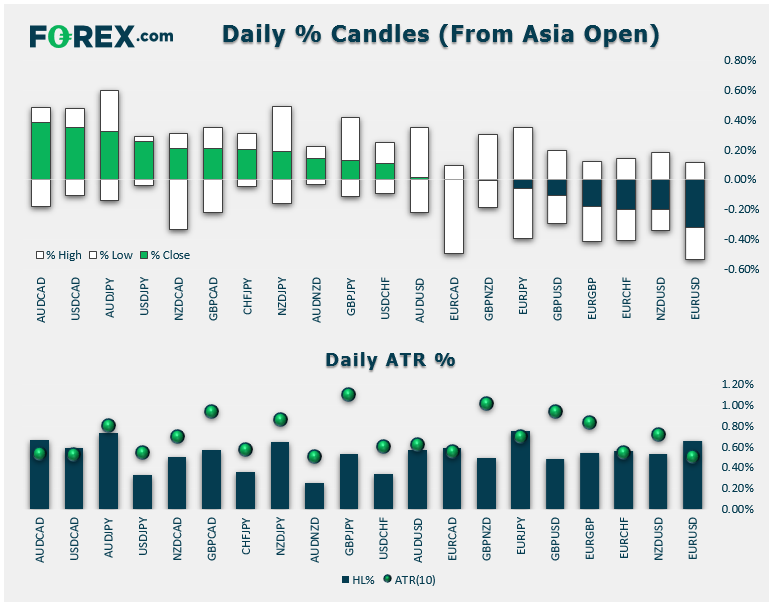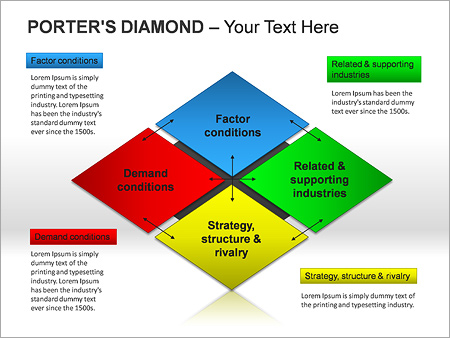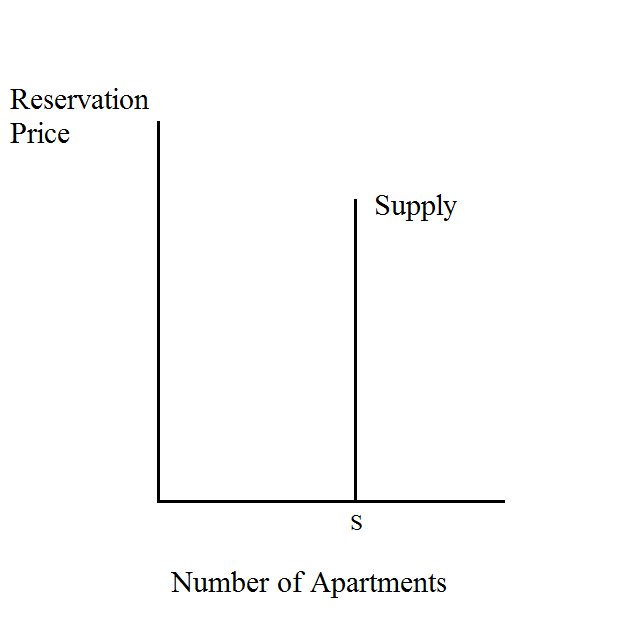
Cost allocation refers to the process of allocating whole cost item to a particular cost centre or unit as it is easily traceable and identifiable to that particular cost entre. It is the process of charging direct cost of all kinds to particular cost centre or unit. Like factory rent can be allotted in full to a product A if it is the only product being produced in that factory. This method is one of the most significant classifications of costs.
On which basis cost is classified as?
1] Classification by Nature
So basically there are three broad categories as per this classification, namely Labor Cost, Materials Cost and Expenses. These heads make it easier to classify the costs in a cost sheet. They help ascertain the total cost and determine the cost of the work-in-progress.
It helps in cost control through the tools of standard costing and budgeting. Controllable cost is the direct cost that includes direct labour wage, direct material cost, direct expenses and some overheads that are usually controlled by the middle-level management. ABB, sometimes termed ‘activity cost management’, is a planning and control system which seeks to support the objective of continuous improvement.
Costs Classified According to Controllability
However, the time taken for every job is comparatively short. Prime cost is traced, and any upkeep is allocated to the jobs specifically on a certain proportionate and suitable basis. They also help demonstrate the aggregate cost and specify the expense of any work in progress.

It is often difficult to define products where they are of intangible nature. Many service organizations have not previously had a costing system and much of the information required to set-up a ABC system will be non-existent. The change in the classification of manufacturing costs as above has lead to the development of ABC. ABC refines a costing system by focusing on individual activities as the fundamental cost objects. An activity is an event, task or unit of work with a specified purpose as for example, designing, set-up etc.
NEW BATCH
Direct Cost – It refers to costs which involve a direct expense and are easily traceable. Cost Research and Development – cost of innovation, new or improved products, advance production facilities etc. In cases like these, they employ the business costing technique. Every cost is concerned with tangible manufacturing or production of the good. A book entitled “Cost Accounting Theory and Practice” was published by Nicholson in 1913.
On the other hand, contract costing is employed for a longer duration. Is the process of dividing a company’s costs into various categories for the decision-maker to have a clear understanding of the spending patterns. Technique may be used in conjunction with any method of costing. However, it is especially suitable where manufacturing method involves production of standardized goods of repetitive nature. It is the cost which should have ideally been under a given set of efficient operating conditions.
Classification by Functions
Traditional product costing systems were designed when most companies manufactured a narrow range of products. Direct materials and direct labour were the dominant factors of production then. Operating costing is a method that is highly employed by the service sector because it is best suited for them. They use an operating cost method when it comes to the classification of costs in cost accounting to evaluate the cost of the services. However, the services should be uniform, and these should not be specialised services in order to evaluate the cost.

Accurate information on product costs enables better decisions to be made on pricing, marketing, product design and product mix. ABC is based on the assumption that there is a direct and linear relationship between the usage of activities and application of cost driver rates. ABC is a complex system which consists of various cost pools and cost driver rates. In ABC, costs/overheads are charged specifically and relevantly to the products. Non-volume related activities like material handling, set-up etc. are important and their costs cannot be apportioned on volume basis.
CLASSIFICATION
These https://1investing.in/s are used for many purposes, which are between many cost centers or units. So we cannot put them to one specific cost center—for instance, the rent of the place or the manager’s remuneration. We will not be able to identify how to estimate costs to a specific cost unit. This classification of cost is based on the nature of the expenditure, which are the three broad categories as per this, namely Labor Cost, Materials Cost, and Expenses. They help in estimating the total cost and also to estimate the work-in-progress cost. Cost-plus pricing is a pricing method where a margin (say 40%) is added to costs to produce the selling price.
- It also requires them to engage in different costing strategies to demonstrate the expense of their commodities.
- Many service organizations have not previously had a costing system and much of the information required to set-up a ABC system will be non-existent.
- These costs are related to the real construction or manufacturing of the goods.
- Differential Cost – It is the change in cost due to change in level of production.
- All in all the expense for producing a final product is known as Production cost.
Traditional cost accounting focused on product costing by tracing direct costs to the product and indirect costs are allocated through cost centres. The basis of apportionment of overheads may be based on machine hours, labour hours, direct costs, input, output, etc. These normal methods of apportionment have some bottlenecks which tend to misinterpret regarding proration of common costs of different functions added to the product cost. The conventional cost systems use direct labour consumption as the primary means of apportioning overhead. Indirect expenses – All indirect costs, other than indirect materials and indirect labour costs, are termed as indirect expenses. These cannot be directly identified with a particular job, process or work order and are common to cost units or cost centres.
Revision Notes
It can be understood as an irrevocable on the basis of functions cost is classified as of the past business activity which has to be incurred now and is irrelevant to the current business scenario. Material Cost – It refers to the cost of procurement and use of any raw material used for production. It is an ingredient of the expense and an ingredient of the profit or loss of cost. These are expenses that the business encounters at the normal outcome level in standard circumstances. The accumulation of costs is done depending on the vast divisions of procedures such as selling, production, administration, etc.
The information, product and services provided on this website are provided on an “as is” and “as available” basis without any warranty or representation, express or implied. Khatabook Blogs are meant purely for educational discussion of financial products and services. Khatabook does not make a guarantee that the service will meet your requirements, or that it will be uninterrupted, timely and secure, and that errors, if any, will be corrected.
Helen of Troy (HELE) Gains on Leadership Brands, Hurt by Costs – Nasdaq
Helen of Troy (HELE) Gains on Leadership Brands, Hurt by Costs.
Posted: Tue, 28 Mar 2023 10:45:00 GMT [source]
Conversion Cost – It refers to the cost involved in transforming raw materials into finished products. These types of cost do not include the actual cost of raw material. It includes the cost of direct and indirect labour, overheads and expenses.
- Direct materials generally become a part of the finished product.
- On the other hand, revenue expenditure benefits only the current period and is treated as an expense.
- Like factory rent can be allotted in full to a product A if it is the only product being produced in that factory.
- This cost includes the salary and wages paid to temporary and permanent employees for the manufacturing of the goods.
- These are the costs that are easily related to a specific cost unit.
The cost of cloth in the ready-made short, wages payable to a worker who is directly involved in the production, etc. The identification of activities and their costs helps to focus attention on those activities which add value and those that do not. Cost estimation, ascertainment, allocation and apportioning, along with deciding on the cost groups and drivers can become difficult in the absence of adequate knowledge. ABC requires segregation of activities upto the root level, specialization as well as involvement and commitment.
The average cost of all the services rendered is established. Semi Variable Cost – It refers to costs which are partly fixed and partly variable. These types of cost do not directly affect the level of production but may vary with change in production facilities e.g. administrative cost, maintenance cost, depreciation cost etc.
What is cost based on function?
The general form of the cost function formula is C(x)=F+V(x) C ( x ) = F + V ( x ) , where F is the total fixed costs, V is the variable cost, x is the number of units, and C(x) is the total production cost.
This cost is the actual cost that is ascertained after it has been incurred. Historical costs are available only after the completion of production. The normal cost is part of the cost of production, whereas abnormal cost is excluded from the cost of production. This cost is incurred at a given level of output under unfavourable conditions like destruction due to fire or shutdown or machinery, etc.
Which of the following is a cost classified based on function?
Classification by function. Classification by function involves classifying costs as production/manufacturing costs, administration costs or marketing/selling and distribution costs. In a 'traditional' costing system for a manufacturing organisation, costs are classified as follows: Production or manufacturing costs.
